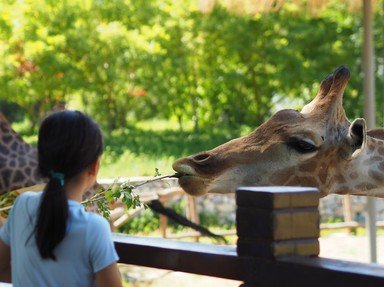
That Doesn't Sound Real Trivia Quiz
Mixed Animal Trivia
In this quiz, we highlight characteristics that don't sound real about certain animals. All that has to be done is to match each animal to the fact which is true. Good luck.
A matching quiz
by masfon.
Estimated time: 3 mins.